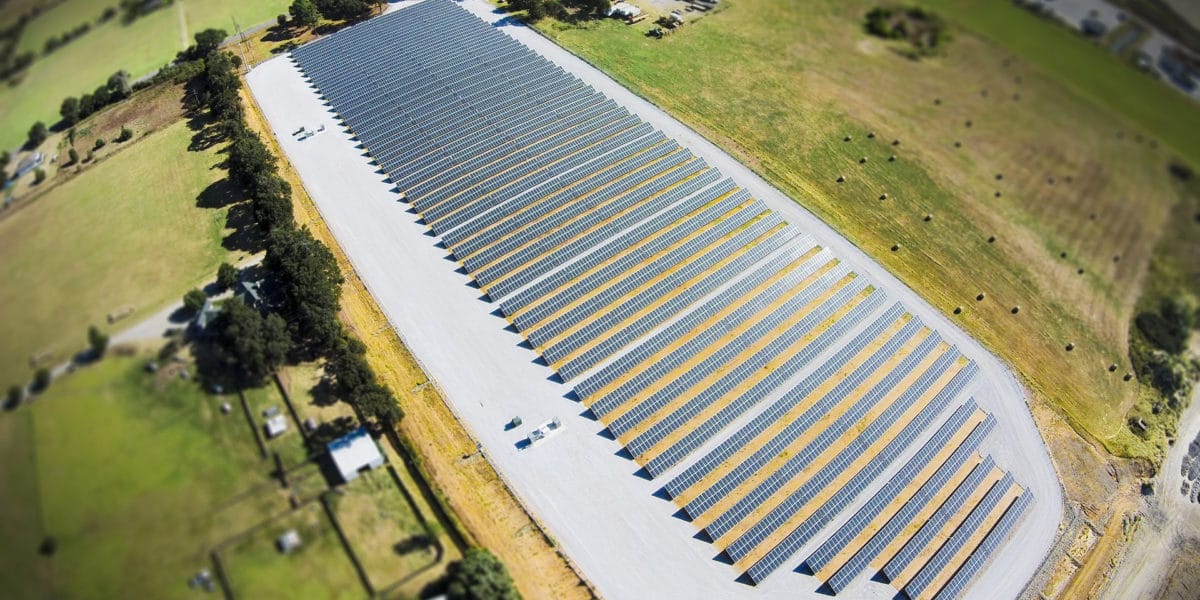The state of solar policy in Michigan is complicated. On one day, Traverse City Power and Light Company approves a plan to move to 100% renewable energy by 2040, and the people power forces utilities to raise their renewable energy goals. Other days of course, the state allows the utilities to build future stranded assets while structurally undervaluing commodities by non-favored generators.
But the fight for the big prize goes on.
Last week, the Michigan Public Service Commission ruled on five solar power related programs, all of which give consumers of electricity the option of accessing solar power at a premium over standard electricity rates.
The first two programs were approvals for the voluntary green pricing (VGP) programs offered up by Consumers Energy. VGPs offer electricity users the right to purchase solar power through the utility at a premium. For instance, Traverse City charges a premium of per $0.0085/kWh, Alpena charges $0.0078 per kilowatt-hour (kWh), while I&M pays $0.0247/kWh.
The Consumers Energy program ranges in pricing from $0.007 to $0.085/kWh depending on use volumes. There are also programs that deal in 100 kWh and 150 kWh chunks.
A VGP submitted by DTE Energy was sent back to the utility to work through the projected costs of the projects and how much they would charge customers.
The PSC also approved a Solar Gardens program for Consumers Energy customers (PDF case filing). The Solar Gardens program is a voluntary program, where consumers can subscribe to electricity sourced from four MW of community solar located at Grand Valley State University and Western Michigan University. Enrolled customers pay either an up-front subscription fee or a fee spread out over a three-year, seven-year, or 25-year term, which is applied to the cost of developing, constructing, operating, and maintaining the solar facilities.
In this same ruling, approval for the Large Customer Renewable Energy Program was given, but with a condition that an updated plan be submitted in 60 days that shall include a “discussion of the use of power purchase agreements with third-party developers for program expansion and whether solar resources should be included to supply the Large Customer Renewable Energy Program options.”
Consumers have shown an interest in paying extra for clean energy, $177 a year was a rough average recently suggested. And if the large customer program let’s third party developers start signing commercial PPAs – expect growth pressure.
This content is protected by copyright and may not be reused. If you want to cooperate with us and would like to reuse some of our content, please contact: editors@pv-magazine.com.








By submitting this form you agree to pv magazine using your data for the purposes of publishing your comment.
Your personal data will only be disclosed or otherwise transmitted to third parties for the purposes of spam filtering or if this is necessary for technical maintenance of the website. Any other transfer to third parties will not take place unless this is justified on the basis of applicable data protection regulations or if pv magazine is legally obliged to do so.
You may revoke this consent at any time with effect for the future, in which case your personal data will be deleted immediately. Otherwise, your data will be deleted if pv magazine has processed your request or the purpose of data storage is fulfilled.
Further information on data privacy can be found in our Data Protection Policy.